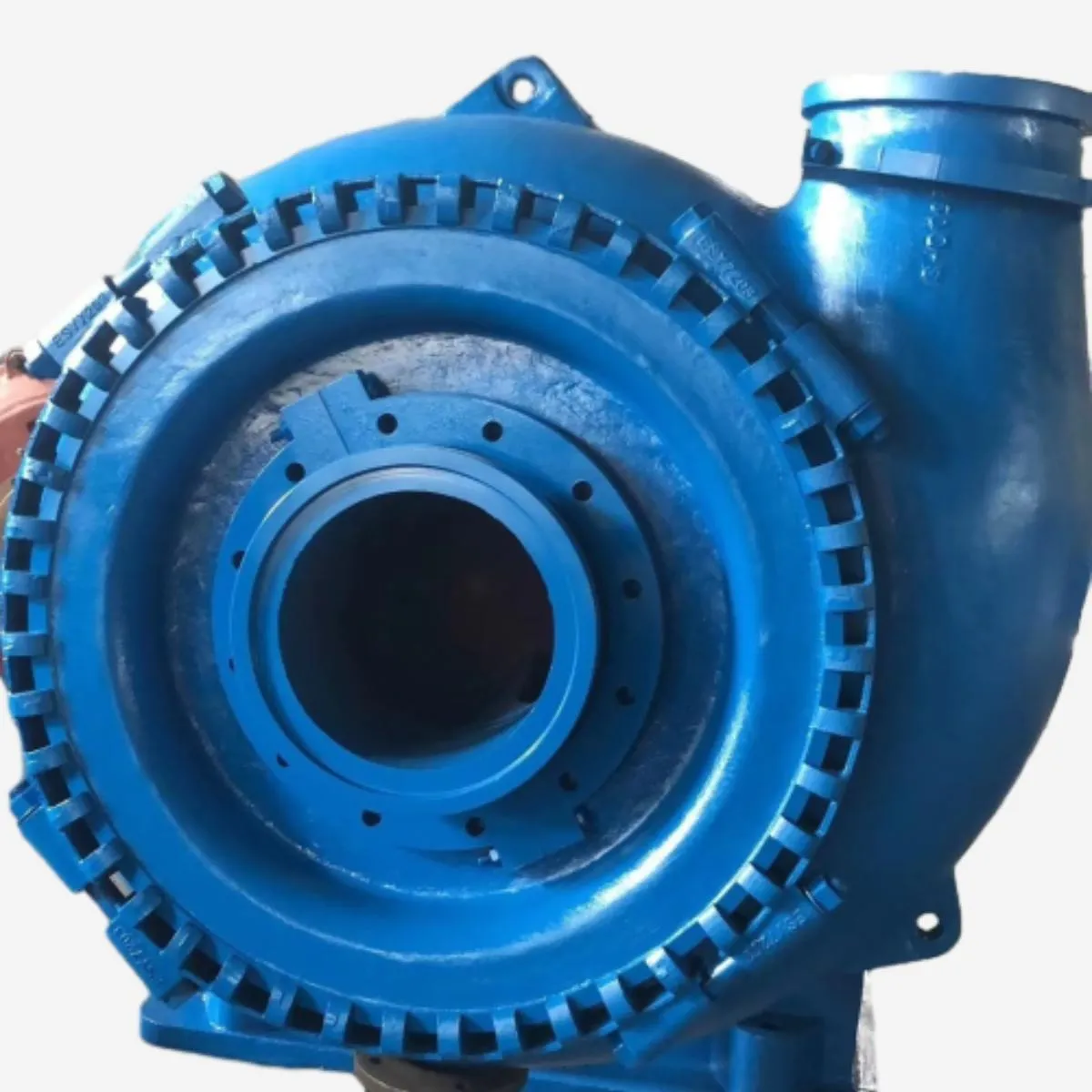Basque
- Afrikaans
- Albanian
- Amharic
- Arabic
- Armenian
- Azerbaijani
- Basque
- Belarusian
- Bengali
- Bosnian
- Bulgarian
- Catalan
- Cebuano
- Corsican
- Croatian
- Czech
- Danish
- Dutch
- English
- Esperanto
- Estonian
- Finnish
- French
- Frisian
- Galician
- Georgian
- German
- Greek
- Gujarati
- Haitian Creole
- hausa
- hawaiian
- Hebrew
- Hindi
- Miao
- Hungarian
- Icelandic
- igbo
- Indonesian
- irish
- Italian
- Japanese
- Javanese
- Kannada
- kazakh
- Khmer
- Rwandese
- Korean
- Kurdish
- Kyrgyz
- Lao
- Latin
- Latvian
- Lithuanian
- Luxembourgish
- Macedonian
- Malgashi
- Malay
- Malayalam
- Maltese
- Maori
- Marathi
- Mongolian
- Myanmar
- Nepali
- Norwegian
- Norwegian
- Occitan
- Pashto
- Persian
- Polish
- Portuguese
- Punjabi
- Romanian
- Russian
- Samoan
- Scottish Gaelic
- Serbian
- Sesotho
- Shona
- Sindhi
- Sinhala
- Slovak
- Slovenian
- Somali
- Spanish
- Sundanese
- Swahili
- Swedish
- Tagalog
- Tajik
- Tamil
- Tatar
- Telugu
- Thai
- Turkish
- Turkmen
- Ukrainian
- Urdu
- Uighur
- Uzbek
- Vietnamese
- Welsh
- Bantu
- Yiddish
- Yoruba
- Zulu
Telephone: +86 13120555503
Email: frank@cypump.com
Abe . 07, 2024 11:07 Back to list
vertical turbine mixed flow and propeller pumps an overview
An Overview of Vertical Turbine, Mixed Flow, and Propeller Pumps
When it comes to the world of pumps, vertical turbine, mixed flow, and propeller pumps play significant roles in various applications. These pumps are designed to efficiently move fluids, making them integral components in industries such as agriculture, water treatment, and various manufacturing sectors. Understanding the unique features and operational principles of each type is crucial for selecting the appropriate pump for specific applications.
Vertical Turbine Pumps
Vertical turbine pumps are characterized by their vertical arrangement and the use of multiple stages to achieve high efficiency and pressure. These pumps are typically employed for deep well applications and can be submerged in water sources like wells or reservoirs. One of the primary advantages of vertical turbine pumps is their ability to handle large volumes of water at significant depths.
The pump casing is arranged vertically, with a motor located above ground, connected to a series of impellers and bowls that are submerged in the fluid being pumped. This configuration allows for excellent suction capabilities and reduces the physical footprint of the pump installation. Vertical turbine pumps are highly efficient, especially for high flow and high head applications, and they can be customized for different speeds and capacities.
Mixed Flow Pumps
Mixed flow pumps bridge the gap between centrifugal and axial flow pumps. They utilize a combination of impeller design features to propel fluid outward while also allowing fluid to flow parallel to the shaft. This unique design provides benefits in terms of efficiency and versatility, making mixed flow pumps suitable for various applications such as irrigation, industrial processes, and municipal water supply.
vertical turbine mixed flow and propeller pumps an overview

In a mixed flow pump, the fluid enters the impeller axially and exits radially. This design allows for a higher flow rate than traditional centrifugal pumps while still being capable of generating a decent amount of pressure. Mixed flow pumps can handle a range of fluid viscosities and are particularly effective in applications requiring mid-range head and flow conditions. The versatility and adaptability of this pump type make it a popular choice in scenarios where conditions are less than ideal.
Propeller Pumps
Propeller pumps, often referred to as axial flow pumps, are designed for applications requiring high flow rates and relatively low pressure. The principal working mechanism consists of a rotating propeller that draws fluid into the pump and expels it axially. This type of pump is often utilized in flood control, drainage, and circulation systems.
One of the key advantages of propeller pumps is their efficiency in delivering large volumes of water. They are particularly effective in shallow applications, where the fluid does not need to be lifted significantly. However, while they excel in flow rate, they may not perform as effectively in generating high pressure. Additionally, propeller pumps can be designed with adjustable blades to optimize performance for varying flow conditions, enhancing their versatility further.
Conclusion
In summary, vertical turbine, mixed flow, and propeller pumps serve distinct but equally important purposes within fluid transport systems. Vertical turbine pumps are ideal for deep applications, offering high efficiency and capacity. Mixed flow pumps provide a balance between flow rate and pressure, making them suitable for a wide range of applications. Lastly, propeller pumps shine in scenarios demanding high flow rates at lower pressures, particularly in shallow systems.
Choosing the right pump hinges on understanding the specific requirements of the application, including the required flow rate, head, fluid type, and installation conditions. By leveraging the unique attributes of these different pump types, industries can ensure optimal fluid management solutions, enhancing operational efficiency and productivity across various sectors. As technology advances, we can expect further innovations in pump design, leading to even more efficient and effective fluid handling solutions.
-
ISG Series Vertical Pipeline Pump - Chi Yuan Pumps Co., LTD.|High Efficiency, Energy Saving, Low Noise
NewsJul.30,2025
-
ISG Series Vertical Pipeline Pump- Chi Yuan Pumps|High Efficiency&Low Noise
NewsJul.30,2025
-
ISG Series Vertical Pipeline Pump-Chi Yuan Pumps Co., LTD.|High Efficiency&Energy Conservation
NewsJul.30,2025
-
ISG Series Vertical Pipeline Pump - Chi Yuan Pumps Co., LTD.|Advanced Hydraulic Design&Energy-Efficient Solutions
NewsJul.30,2025
-
ISG Series Vertical Pipeline Pump - Chi Yuan Pumps Co., LTD.
NewsJul.30,2025
-
ISG Series Vertical Pipeline Pump - Chi Yuan Pumps Co., LTD.|energy-efficient fluid handling&industrial durability
NewsJul.30,2025










